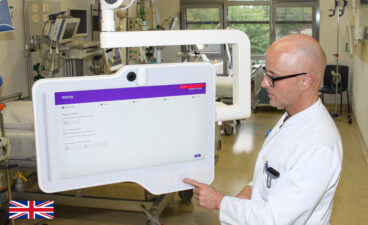Machine Learning in Future Intensive Care: Classification of Stochastic Petri Nets via Continuous-time Markov Chains

The fast growing digitalization of medicine has facilitated the collection of patient data in databases. A smart city must facilitate such databases in its hospitals. However, handling this big data requires new strategies for filtering and processing such high volumes of patient data. In this regard, Machine Learning (ML) algorithms are increasingly applied to support bedside decisions on patient treatment, preprocess medical data and help to choose adequate medications. Consequently, the choice of the machine learning modeling scheme is imperative. In contrast to conventional classification representation methodologies used in ML such as Artificial Neural Networks (ANNs), we present a novel concept based on stochastic models. Stochastic Petri Nets (SPNs) are a powerful modelling scheme that is used to describe the dynamic behavior of biochemical kinetics. This chapter presents a framework for building stochastic models based on the sampled sequences from observed SPNs by means of the Expectation Maximization (EM) algorithm and Continuous-time Markov Chains (CTMC). Apart from its theoretical interest, we expect the framework to be useful for the classification of different stochastic processes and identifying the differences between them in big data context. An important application of the newly developed framework is disease diagnoses specially in Intensive Care Units (ICUs). To test the framework, we conducted simulations using SPNs with different structure and using Gillespie algorithm to generate data. After training, classification results show F1 score 95% using linear Support Vector Machines (SVMs) and 89% using Classification and Regression Trees (CARTs) algorithm.
Request Full Text via our Contact Form now!


